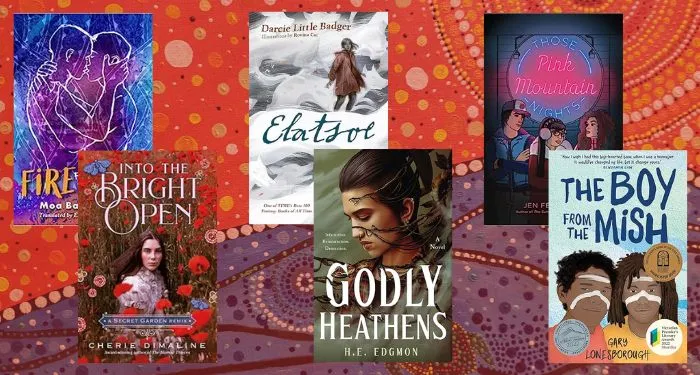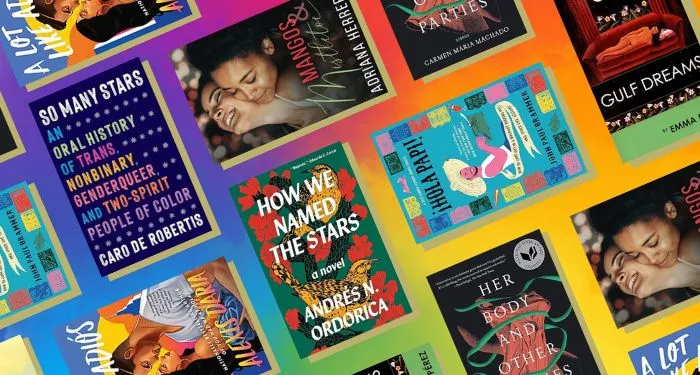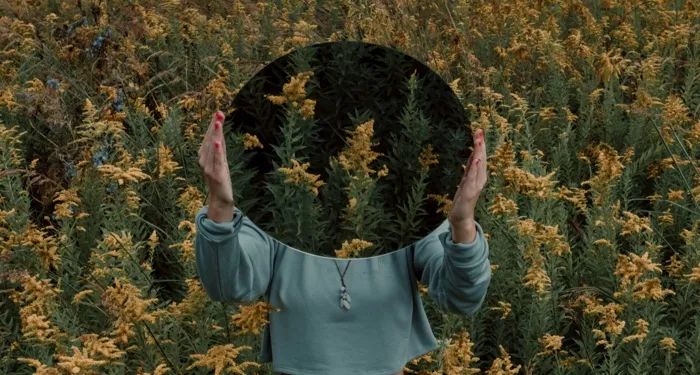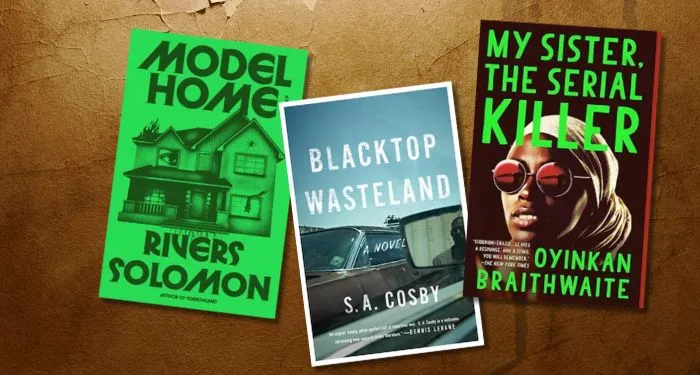
This post is in partnership with Riverlet Press.
This post is sponsored by Riverlet Press. The review and opinions expressed in this post are based on my personal views.

ABOUT THE BOOK
Words
Written by Katherine Davis-Gibbon
Illustrated by Anne Berry
Ages: 4-6 | 36 Pages
Publisher: Riverlet Press (2025) | ISBN: 978-1-737957690
Publisher’s Book Summary: A multicultural group of children discovers a park where everyone’s words come to life, looking and behaving a lot like kids. Some words are kinder and more inviting, while others are pushy or prickly or odd. Not every word makes the best first impression, but as they play and share adventures, the children connect more deeply with language. They learn that words have superpowers and grow to love them for their quirks. They see that words make excellent friends, who magically appear just as they’re needed and perfectly mirror how kids feel. The more these children bond with language, the more they tap into their inner voice— and as they dare to give it expression, they gain more respect for the power of words.
PURCHASE LINK

ABOUT THE AUTHOR
Katherine Davis-Gibbon is an award-winning children’s book author and mother of two. Her debut book, My Old Friend, Then, was a Distinguished Favorite in the 2023 Independent Press Awards and 2022 New York City Big Book Awards, as well as a Finalist in the 2022 American Book Fest’s Best Book Awards. Her second book, Words, is a Distinguished Favorite in the 2025 Independent Press Awards.
For more information, visit: www.riverletpress.com
https://www.instagram.com/riverletpress
https://www.facebook.com/profile.php?id=100075626097180&locale=en_GB
https://www.facebook.com/profile.php?id=100075626097180&locale=en_GB
https://www.goodreads.com/author/show/21894533.Katherine_Davis_Gibbon
TOUR SCHEDULE
| Friday, April 4, 2025The Children’s Book ReviewBook Review of Words |
| Friday, April 4, 2025The Starlit PathBook Review of Words |
| Monday, April 7, 2025Crafty Moms ShareBook Review of Words |
| Tuesday, April 8, 2025icefairy’s Treasure ChestBook Review of Words |
| Wednesday, April 9, 2025The Children’s Book ReviewBook Review of Words |
| Thursday, April 10, 2025Mrs. Makes Reading FunBook Review of Words |
| Friday, April 11, 2025One More ExclamationBook Review of Words |
| Monday, April 14, 2025Me Two BooksInterview with Katherine Davis-Gibbon |
| Tuesday, April 15, 2025Deliciously SavvyBook Review of Words |
| Wednesday, April 16, 2025Froggy Read TeachInstagram Post about Words |
| Thursday, April 17, 2025The Fairview ReviewBook Review of Words |
| Friday, April 18, 2025Q&As with Deborah KalbInterview with Katherine Davis-Gibbon |
| Monday, April 28, 2025Cover Lover Book ReviewInterview with Katherine Davis-Gibbon |
| Tuesday, April 29, 2025Lisa’s ReadingGuest Post about Words |
| Thursday, May 1, 2025Satisfaction for Insatiable ReadersBook Review of Words |
| Friday, May 2, 2025Country Mamas With KidsBook Review of Words |

GIVEAWAY
Enter for a chance to win a copy of Words, signed by Katherine Davis-Gibbon. The grand prize winner will also take home a $10 gift card to Barnes & Noble. Don’t miss out on your chance to win!

GUEST POST
Describe some of the people who inspired you to write
By Katherine Davis-Gibbon
Just like kids, I love a good story! But the genre that thrills me even more, both as a reader and a writer, is undoubtedly creative nonfiction.
Nobody knows who coined this term. Many claim it was Lee Gutkind, who first taught the subject in a college course, and founded the journal, Creative Nonfiction, that was solely dedicated to this form. According to Gutkind, however, he’d heard the name before. He can’t remember where or when, but he believes that it was floating around, eking its way into literary circles despite how vague most people found it.
The term is widely accepted now but remains, to many, dissatisfying: too pretentious, by turns, or too pragmatic to capture the genre it portends to describe, which is truly sprawling and extremely diverse. It has become a massive umbrella of sorts to encompass many types of writing—from travel diaries to literary journalism, from satirical opinion pieces to experimental lyric essays. The work can be dry and pithy, or it can be extremely profound.
So, what is creative nonfiction, exactly? Its purpose is two-pronged, with each goal given equal weight. It always aims to inform the reader, but in an imaginative, engaging way. It should not merely elucidate something; it should also, in the process, entertain. Like fiction, it draws on literary technique to make for a juicy, sumptuous read. Unlike fiction, however, it does not revolve around fabricated people, places, or things but examines aspects of real life. Like nonfiction, it pursues the truth, however, unlike traditional forms of nonfiction, it shuns the pretense of objectivity and embraces the writer’s subjective experience.
There is something about this juxtaposition that I find endlessly inspiring. As a reader, it hits me on myriad levels and then weaves them all seamlessly together. One sentence might pique my intellect while the next resonates with me emotionally. One passage might awaken my physical senses, then go on to offer a broader context that makes the material culturally relevant.
When I try to write in this genre, I find that it fosters incredible growth, because as I turn to face my topic, I am also forced to confront myself. Instead of stepping away from the subject, ostensibly to gain greater perspective, this genre asks me to come closer—to step inside the material itself and see myself through its lens. It asks me to ponder my own bias: the many far-from-perfect ways I receive, filter, and interpret information, and in the act of beginning to write, to reflect upon my communicative style. The more I learn about my topic, the more I learn about myself. And if I capture this process in writing, then I hope my work will inspire readers—not necessarily to agree with me, but to stay curious in their own way. To pursue the inquiry for themselves, via a parallel path that is authentic to them.
I love the idea of creative nonfiction for kids, though I freely admit that the label sounds silly (if the term is off-putting to literary folk, then it’s way too lofty for children’s literature). But setting aside semantics for a moment, I think that children are hungry for this: true stories told in imaginative ways; or books that explore ideas themselves, instead of conveying a fictional narrative.
There are children’s authors already doing this. Our books are broadly categorized as “children’s picture books,” or lumped in with other “children’s fiction,” but the way we have chosen to write for kids is different, current, and to my mind, special. We often write in the first person: speaking to children through the voice of a friend. Instead of triangulating young readers somewhere between the author and book, we invite kids to step inside the content with us and interact directly with the material. This holds appeal for the child of today, who is growing up in an ever more connected world and gravitates towards immersive experiences.
I am pleased to be one of the authors taking this tack, but I need to pay homage to the trailblazing writers who came before me, who inspired me to write for children and made their mark on the genre.
Kobi Yamada stands out in my mind as an extremely inspiring example of this. His debut book, What Do You Do with an Idea? won several awards and very quickly became a best seller. It is a beautifully crafted, resonant work, but the reason I think it had such impact was because of the risk Yamada took. Instead of writing a traditional story, he delved into the child’s inner life, exploring the fertile, fluid dynamic that kids have with their own brilliant, big ideas.
Yamada read my mind as a parent, creating a book I’d been searching for and was starting to fear didn’t exist. What Do You Do with an Idea? and the series that followed did more than entertain my kids and me (though they are, indeed, delightful to read); they helped us transcend our difference in age and openly discuss how we think. I owe Yamada a debt of gratitude, for giving my family the gift of his books, but also for inspiring me to tackle the topics that interest me and not to fear being unconventional. Seeing how well his work was received encouraged me to write my own award-winning, debut book, My Old Friend, Then, which also speaks to the child’s inner life, illustrating for kids how mindfulness works and how our thoughts shape our experience.
Another innovator who inspires me greatly is Hervé Tullet, the creative force behind Press Here, Let’s Play and Mix It Up. In addition to winning awards and reigning supreme as a best-selling author (Press Here was on the New York Times Best Seller List for over four years), Tullet pushed the boundaries of the children’s genre by creating books that “follow a path” (Staino), instead of a narrative.
The protagonist in Press Here is a simple yellow dot that looks as though it was hastily hand-painted on the first page. “Press here,” reads the text, “and turn the page.” Turn the page, and voila! Now there are two yellow dots, accompanied by more instructions. By tapping, rubbing, and shaking the dots, readers can make them multiply, scatter, slide, or change color. These twists and turns are delightful and surprising. They keep kids engaged and turning the pages, eager to see what the next will bring.
Tullet has referred to his books as “interactive,” which is, indeed, an apt description. But what moves me most about his work—and why it reminds me of creative nonfiction—is that he doesn’t consider a book to be “finished” without the participation of the reader. “The reader becomes part of it in their experience. It is completed by anyone reading it in their own way” (all O’Donnell). Tullet’s vocabulary is, by his own description, “very simple” (Staino). But in that simplicity lies its genius, because it brings even the youngest prereaders into an early and positive relationship with literature. It helps them love and connect with books in a dynamic, reciprocal, authentic way, and to share the joy with caregivers through the common language of color and form.
My children and I cherish Tullet’s books. We read and reread them many times over. I am grateful to him for those fun experiences, and equally for inspiring me as an author to push the boundaries in my own way. To share my love of language and literature, just as he shared his love of art, by creating a similarly interactive book.
My newest title, Words, literally brings language to life for children, by presenting many of the story’s words as illustrated characters in the book, that are teeming with personality, charm, and ridiculous quirks. In a similar way that Tullet’s work encourages young readers to play with “dots, circles, scribbles, and lines” (Staino), my book makes reading fun—even the phonetic decoding part—and helps kids truly bond with language. It humanizes words, revealing their unique strengths and weaknesses, so that children connect emotionally with them and come to value how precious they are. When we give words our time and attention, when we are truly willing to let them in, then they become companions to us—confidants, allies, and lifelong friends.
Gutkind, Lee. “Creative Nonfiction: A Movement, Not a moment.” Creative Nonfiction, Issue 29 https://creativenonfiction.org/writing/creative-nonfiction-a-movement-not-a-moment/
Yamada, Kobi and Besom, Mae. What Do You Do With An Idea? Compendium, Incorporated, 2017.
Staino, Rocco. “Hervé Tullet Mix It Up!” Kid Lit TV. https://www.kidlit.tv/herve-tullet-mix-it-up/
Tullet, Hervé. Press Here. Handprint Books/Chronicle Books, 2011.
O’Donnell, Kevin. “The Art of Hervé Tullet: to Wonder, to Feel, to Touch.” The Big Picture, Issue 12. https://kirbylaingcentre.co.uk/the-art-of-herve-tullet-to-wonder-to-feel-to-touch/



















 English (US) ·
English (US) ·